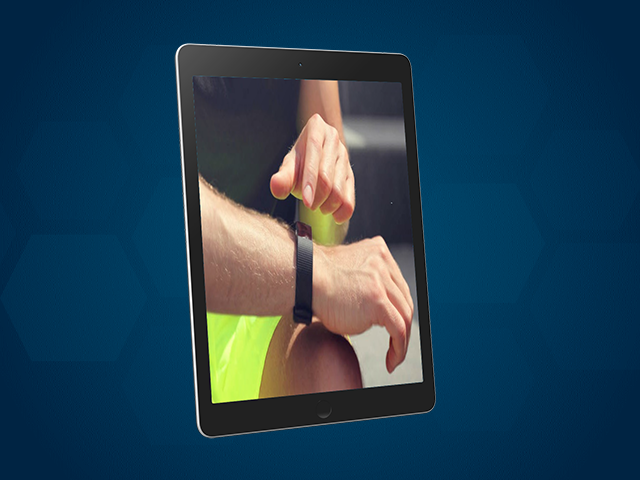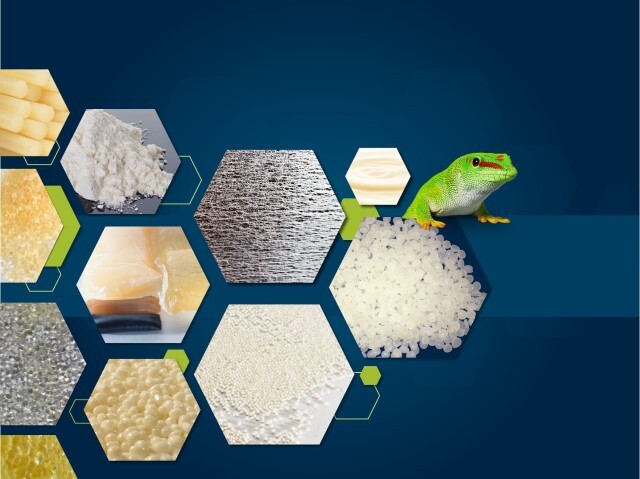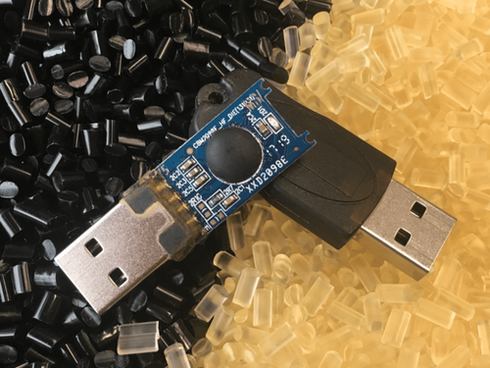Electronics Assembly Adhesives
Smart solutions for electronics assembly
Fortunately, our innovative Born2Bond™ adhesive portfolio is ideal for electronic devices assembly and can make it easy to address the market’s demands. Based on a range of technologies, such as dual-curing (contact and light curing) cyanoacrylate and hot melt polyurethane reactive (HMPUR) solutions, these adhesives offer:
- Increased production efficiency with rapid and reliable bonding as well as fast curing time
- Enhanced performance with vibration, impact and chemicals resistance
- Extended design possibilities with versatility with multi-substrate bonding, waterproof and dustproof capabilities
- Improved safety and sustainability with low odor, low label and solvent-free formulations
Additionally, as an Arkema company, we offer innovative solutions when using High-Performance Polymers in combination with our Born2Bond™ adhesives.
Featured product: Born2Bond™ Light Lock
Frequently Asked Questions about Electronics Assembly Adhesives

How are adhesives useful to the assembly of electronic components?
The use of adhesives in electronic assembling is widespread today. These adhesives help the manufacturing process, the long-term operation and the longevity of the electronics. The main applications of adhesives in electronics are:
- Bonding surface-mount components (SMCs)
- Wire tacking and potting
- Encapsulating components

Which adhesives must be converted by adding a filler to convert them into being electronically conductive?
Electrically conductive adhesives are needed in many applications, including coordinated PCBs and surface-mounted gadgets. Most adhesives are not electrically conductive and need to be converted by adding a filler to the base material. Often, this filler is silver, enabling the electric current throughout the product to be possible.
Adhesives that require filler to convert them into electronic conductors are:
- Cyanoacrylate
- Epoxies
- Silicones
- Urethane acrylates

How do adhesives overcome the constraints of electronic design?
The following specifications help to overcome design constraints:
- Smooth aspect: the adhesives add only a marginal weight to the device. Many require only a tiny quantity of material to provide high performance, helping to avoid a bulky appearance and giving a more stylish design.
- Resistance to challenging environments: numerous adhesives are heat resistant, cold resistant, UV resistant, water resistant, or chemical resistant. If your appliance meets these requirements, ensure your bond will maintain its performance over the long term.
- Versatility: adhesives can be applied cleanly and create a low-profile bond that won't disrupt the aesthetics of thin devices. They can also work with various substrates to bond dissimilar surfaces.





